BoE is widely expected to continue with its tightening cycle, and raise Bank rate by 25bps to 1.00% today. Focus is firstly on the voting, on the whether any hawks would push for faster pace of hikes. Secondly, BoE might make a decision to actively shrink its balance sheet. Thirdly the new economic projections will also be scrutinized for the policy path and economic outlook.
Here are some previews:
- BoE Policy Meeting: A Normal Rate Hike Amid Stagflation Fears
- BoE Preview: MPC Won’t Deviate Much from Recent Hawkish Path
- BoE Meeting Preview – A Trade-off Between Growth and Inflation
- Bank of England Preview: Another Rate Hike and Active QT
GBP/AUD is a pair to watch for the near term, considering the possible return of risk-on sentiment too. The corrective recovery from 1.7171 might have completed at 1.7884, after failing to break through 55 day EMA. That is, medium term down trend might be ready to resume.
For the near term, deeper decline is in favor to retest 1.7171 support first. Firm break there will confirm this bearish case, and target 61.8% projection of 1.9218 to 1.7171 from 1.7884 at 1.6619. In any case, outlook will stay bearish as long as 1.7884 resistance holds.




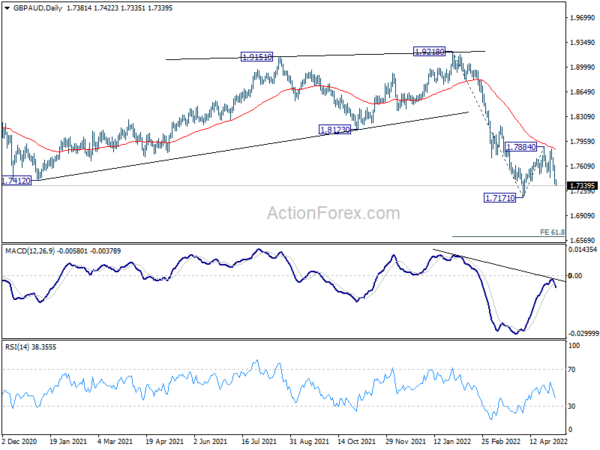
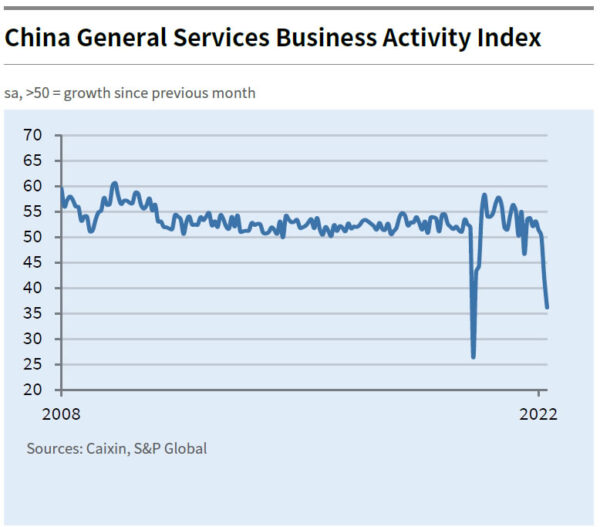
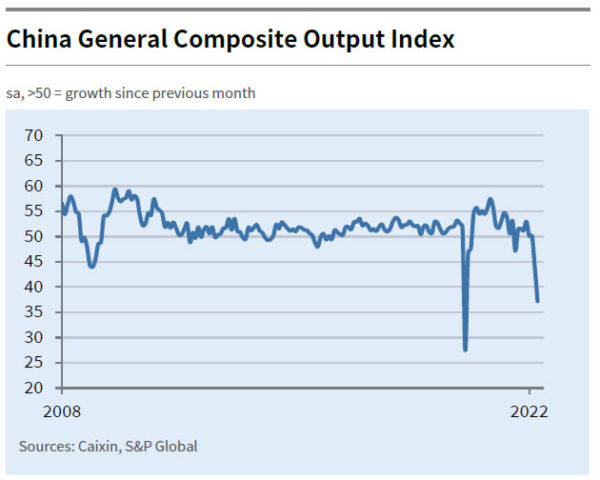
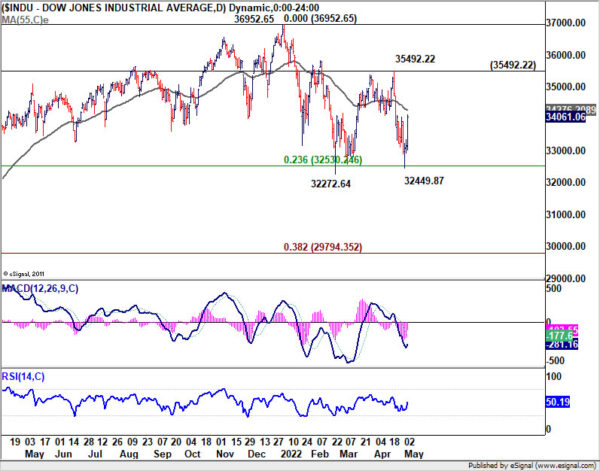

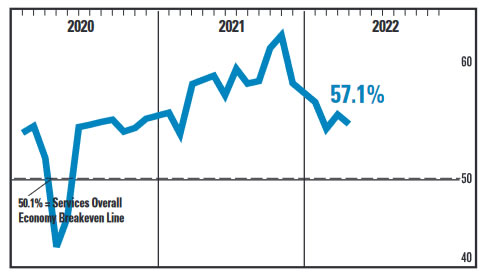



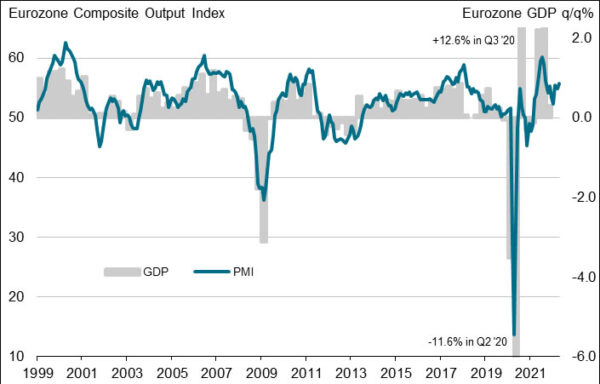
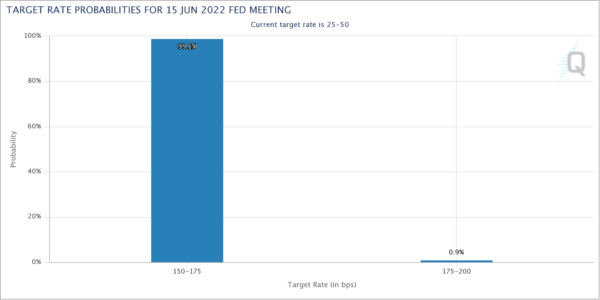
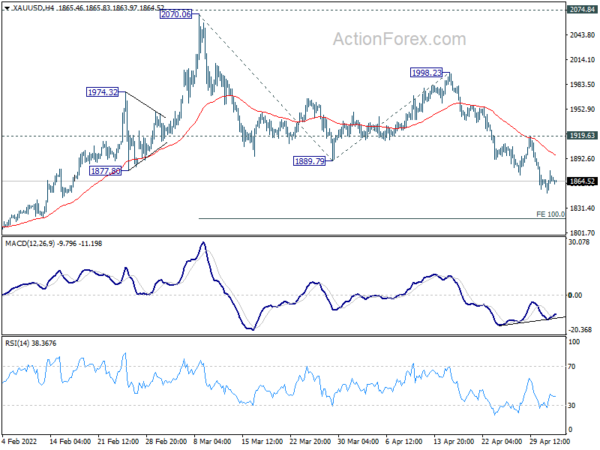
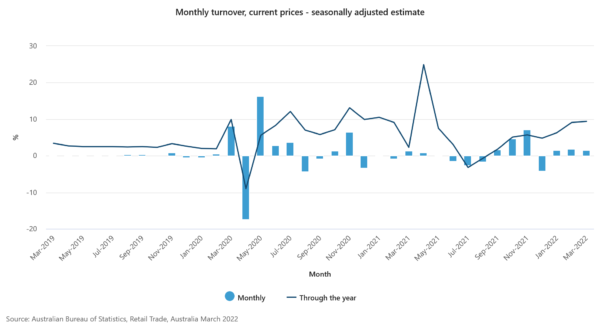
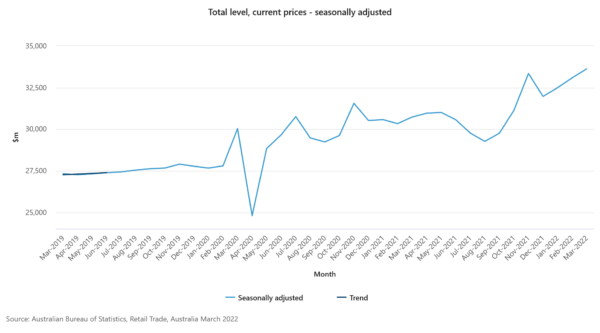


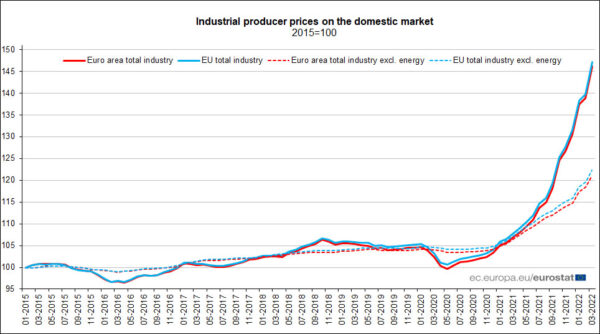
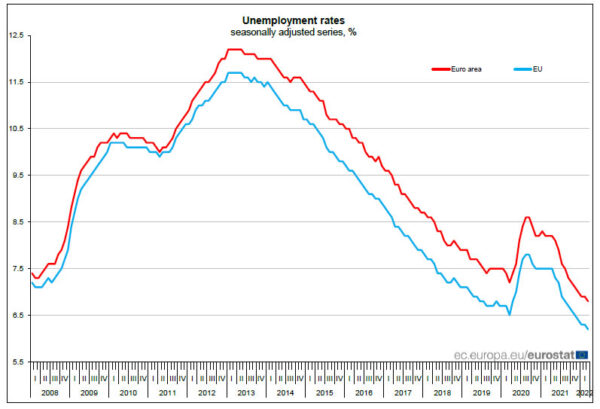

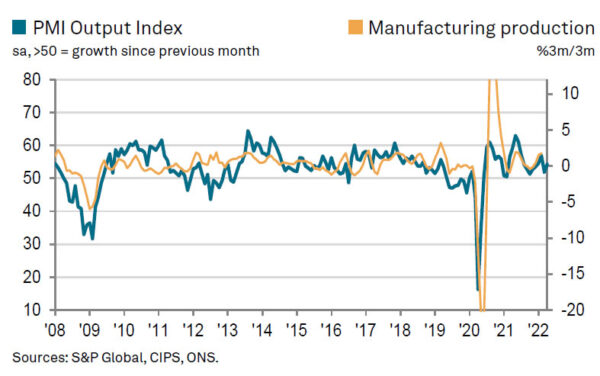
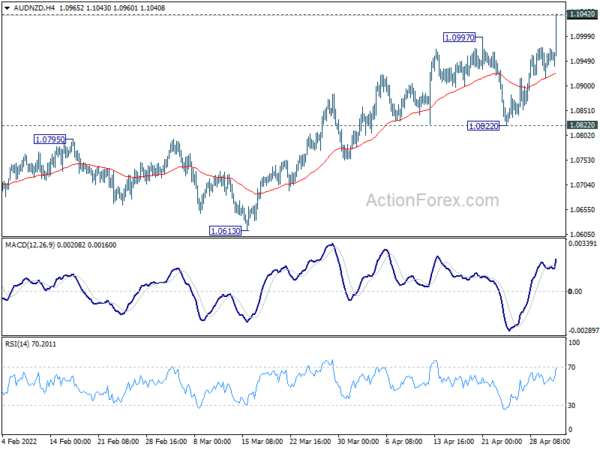
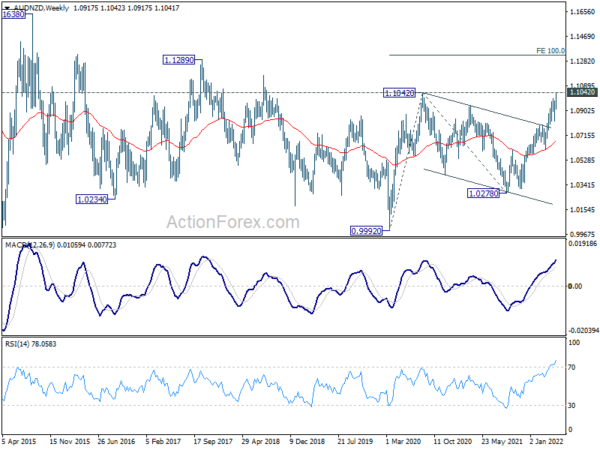

UK PMI services finalized at 58.9, twin headwinds of costs and war
UK PMI Services was finalized at 58.9 in April, down from March’s 62.6. S&P Global noted that input cost inflation hit fresh record high. Activity and new business continued to rise, but a reduced rates. Business confidence was lowest in a year-and-a-half. PMI Composite was finalized at 58.2, down from March’s 60.9.
Andrew Harker, Economics Director at S&P Global: “The twin headwinds of the cost of living crisis and the war in Ukraine started to bite on the UK service sector during April, as evidenced by a sharp slowdown in new order growth to the lowest in the year so far. Worryingly, companies seem to be expecting impacts to be prolonged, with business confidence dropping to the lowest in a year-and-a-half.”
Full release here.